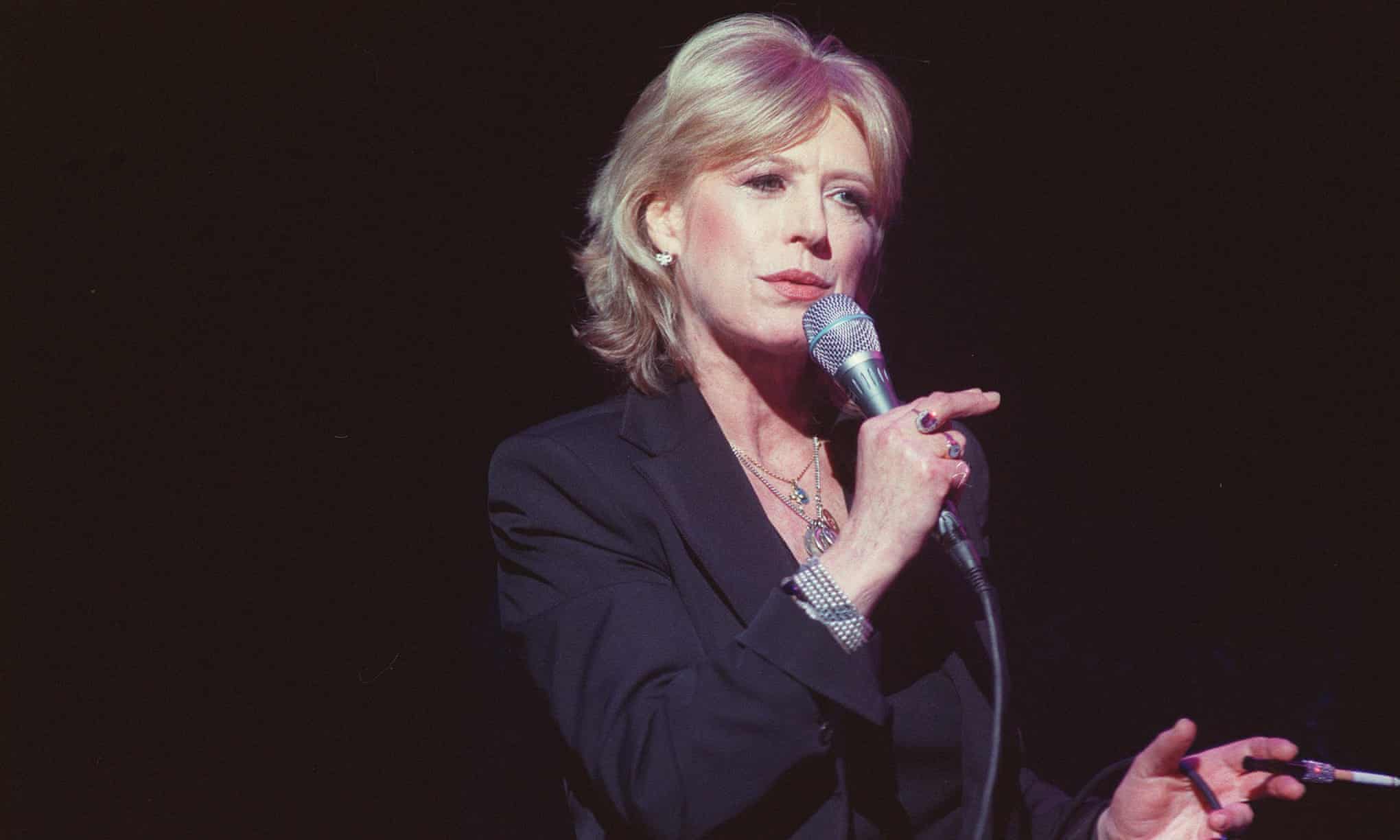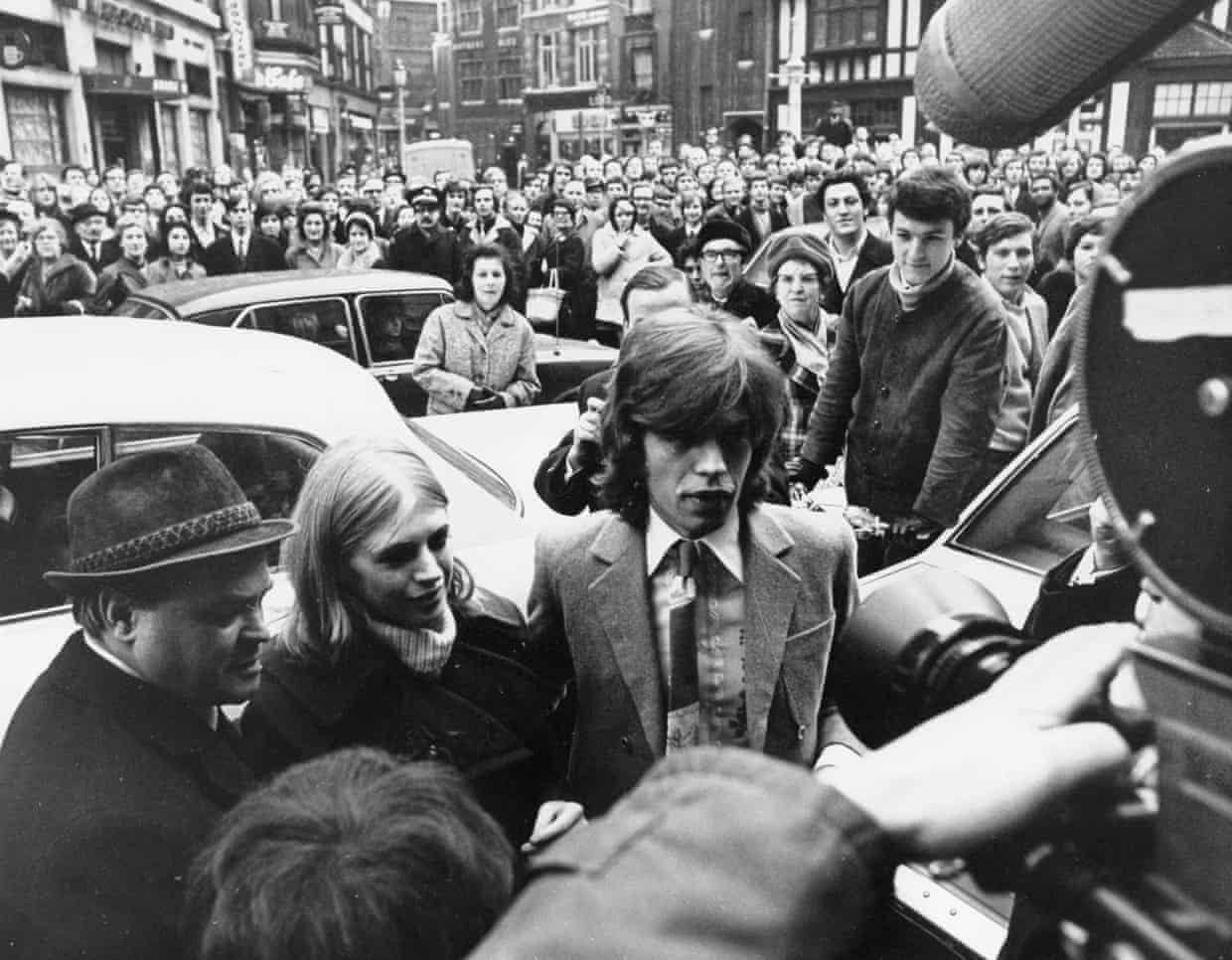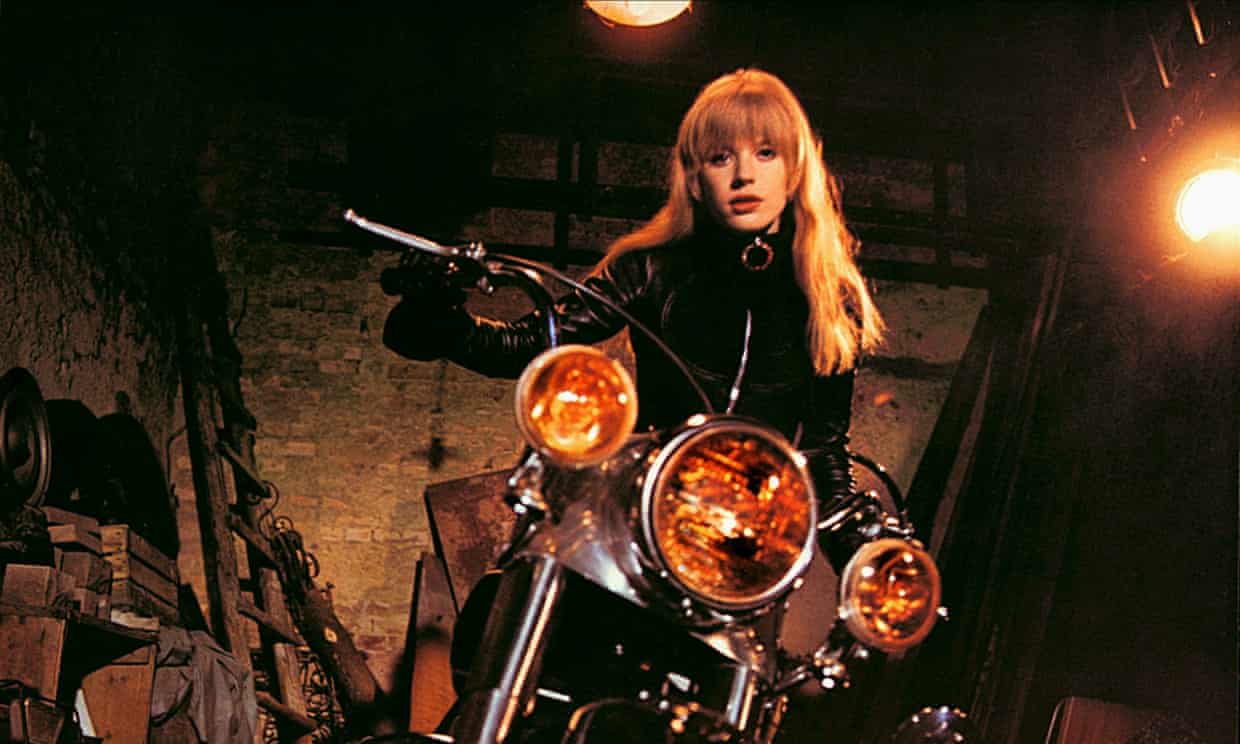Few artists in British music history have lived a life as rich, turbulent, and ultimately inspiring as Marianne Faithfull. From her rise in the 1960s as a doe-eyed folk-pop singer to her dramatic descent into addiction and homelessness, and her astonishing resurgence as a gravel-voiced chanteuse, her journey is the stuff of legend. Even in 2025, Marianne Faithfull remains an enduring figure in music and culture, admired not just for her artistry but for her sheer resilience.
The Early Years: From Folk Princess to Rock Muse
Born in 1946, Marianne Faithfull stepped into the limelight in the early 1960s, discovered at a party by Rolling Stones manager Andrew Loog Oldham. Her debut single, As Tears Go By (1964), written by Mick Jagger, Keith Richards, and Oldham, became an instant hit, introducing the world to her ethereal voice and striking beauty. Marianne Faithfull quickly became a fixture in the London music scene, rubbing shoulders with the biggest names of the era.
During these years, Marianne Faithfull was often seen as the quintessential ‘60s It Girl, a muse to the Rolling Stones and a symbol of Swinging London. However, her role in music was far more than just that of a muse—she was a talented artist in her own right, releasing albums like Come My Way (1965) and Love in a Mist (1967), showcasing her folk roots and poetic lyricism.
The Downward Spiral: A Life of Struggles and Survival
Despite her early success, Marianne Faithfull’s life took a dark turn. Her high-profile relationship with Mick Jagger became tabloid fodder, and she was at the centre of the infamous 1967 Redlands drug bust. The pressures of fame, heartbreak, and drug addiction led her into a downward spiral, culminating in a period of homelessness in the early 1970s.
During these lost years, Marianne Faithfull struggled with heroin addiction and personal demons. Many assumed she would never return to music, let alone reclaim her place as a significant artist. Yet, against all odds, she did just that. Marianne Faithfull’s story is one of defiance—she refused to be a tragic footnote in rock history.
A Career Reborn: The Iconic ‘Broken English’ Era
By 1979, Marianne Faithfull had undergone a complete transformation, both personally and musically. Her album Broken English was a revelation, marking her return with a raw, world-weary voice that carried the weight of her experiences. The title track, along with The Ballad of Lucy Jordan and Why D'Ya Do It?, showcased a darker, more complex Marianne Faithfull, a woman who had lived through hell and come out stronger.
Broken English was critically acclaimed and re-established Marianne Faithfull as a powerful, innovative artist. Her music was now infused with punk, new wave, and electronic influences, setting her apart from her 1960s contemporaries. This era cemented her reputation as a true survivor, someone who had rebuilt herself from the ashes of her past.
Artistic Evolution: The Later Years
Throughout the 1980s and 1990s, Marianne Faithfull continued to push artistic boundaries, collaborating with artists such as Nick Cave, Tom Waits, and Metallica. Albums like Strange Weather (1987) and Vagabond Ways (1999) further established her as a unique voice in music, blending blues, jazz, and avant-garde influences.
In the 2000s and 2010s, Marianne Faithfull remained as relevant as ever. Albums such as Before the Poison (2004), featuring contributions from PJ Harvey and Damon Albarn, and Negative Capability (2018), an intimate reflection on love and loss, proved that her artistry had only deepened with age. Her ability to convey raw emotion through her voice made her a singular talent, and she never stopped evolving.
Marianne Faithfull in 2025: Legacy and Influence
As of 2025, Marianne Faithfull is recognised not just as a singer but as a cultural icon whose influence spans generations. Her impact on female artists, from Patti Smith to Lana Del Rey, is undeniable. Her ability to reinvent herself, to face personal demons head-on, and to create music that resonates deeply with audiences makes her one of the most respected figures in British music.
Even in her later years, Marianne Faithfull has continued to engage with her audience, whether through reissues of her classic albums, interviews, or artistic collaborations. Her music remains a touchstone for those who appreciate raw, unfiltered emotion and storytelling in song.
A Voice That Refuses to Fade
The legacy of Marianne Faithfull is one of defiance, artistry, and resilience. She has lived through the extremes of fame and obscurity, triumph and despair, and has emerged as one of music’s most compelling figures. Her voice, once soft and delicate, became rough and lived-in—a testament to her battles and victories.
As we look at Marianne Faithfull in 2025, it’s clear that she is more than just a survivor; she is a storyteller, a pioneer, and an artist whose work will continue to inspire long after she’s gone. Her music, filled with pain, love, rebellion, and wisdom, ensures that she will never be forgotten. Marianne Faithfull is not just part of rock history—she is rock history.
Final Thoughts
Whether you discovered her through the dreamy melodies of As Tears Go By, the raw energy of Broken English, or the haunting beauty of her later work, Marianne Faithfull remains an artist who commands attention. Her journey, both tragic and triumphant, reminds us of the power of resilience and reinvention.
If one thing is certain in 2025, it’s that Marianne Faithfull’s influence will never fade. Her voice, her story, and her music will continue to inspire new generations, proving that true artistry knows no time limits.







0 Comments